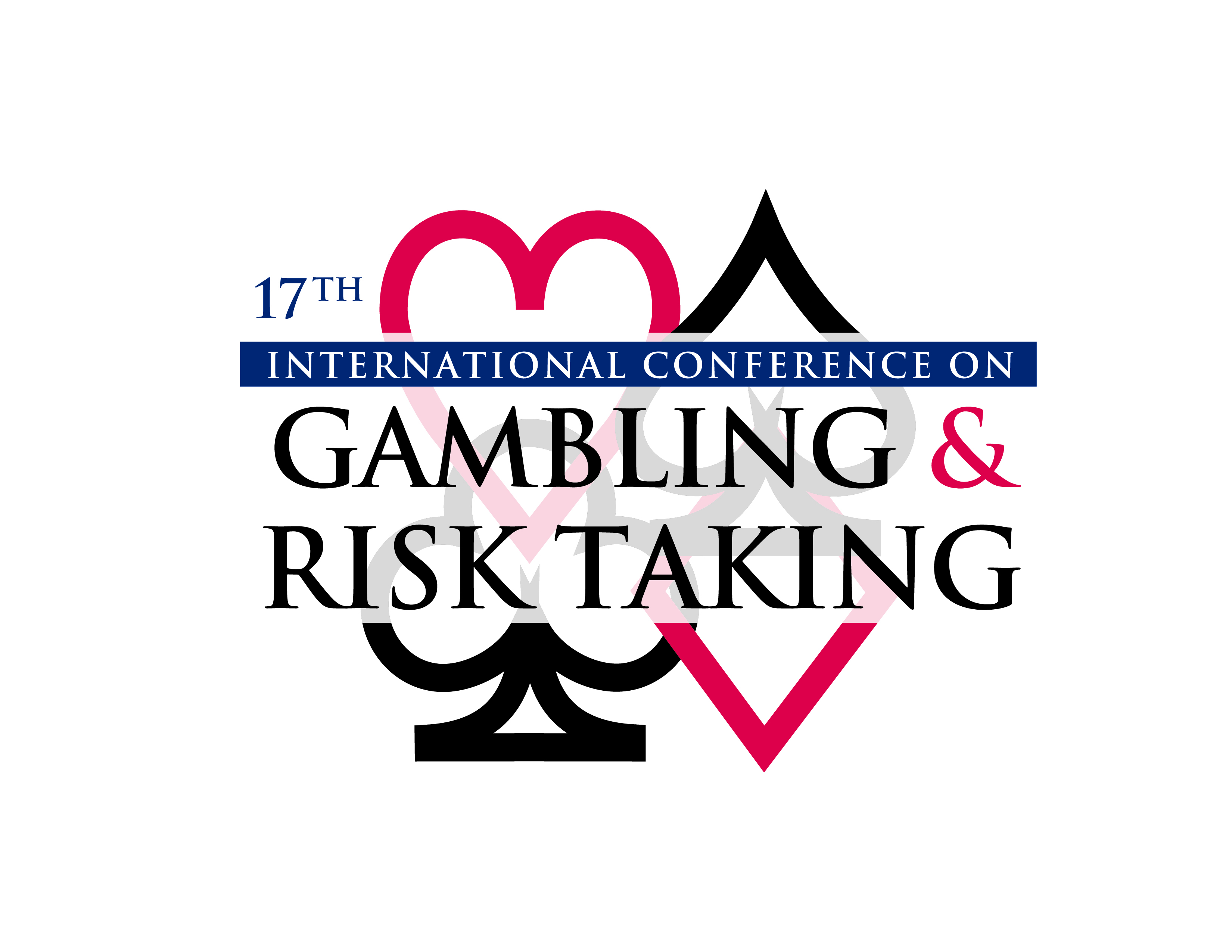Natural Groups of daily fantasy sports players
Session Title
Session 2-3-F: Lightning Talks
Presentation Type
Lightning Talk
Location
Caesars Palace, Las Vegas, Nevada
Start Date
29-5-2019 1:45 PM
End Date
29-5-2019 3:10 PM
Disciplines
Behavioral Economics | Behavior and Behavior Mechanisms | Sports Studies
Abstract
Abstract: Researchers use many different measures to quantify gambling involvement. Those studying different gambling environments can use these measures to partition the players into groups or subgroups. On DraftKings, the contests’ entry fees range from $0.10 to over $10,000. DraftKings’ customers can choose to enter as many or as few contests as they can afford. In this study, we examine a sample of DraftKings customers who made their first deposits to the site in August or September of 2014, calculating summary statistics based on activity during the 2014 NFL season. Using k-means cluster analysis with k = 4, we partitioned the sample separately by number of entries over the season and by average entry fees. Using these two partitions, we separated the sample into subgroups, and then compared the sizes, average profits/losses, and returns on investment of the subgroups. Over 80% of the sample was in the subgroup with the smallest average entry fees (roughly $14 or below) and smallest numbers of entries (roughly 200 or under). In this presentation, we will highlight differences between the subgroups, and then show ways we used the partitioning to draw conclusions about the sample and the population it was drawn from.
Keywords
daily fantasy sports, gambling, involvement
Funding Sources
This work was supported through a contract with DraftKings. DraftKings did not have any involvement in the research itself.
Competing Interests
The Division on Addiction and affiliated faculty have received funding in the past three years from DraftKings, the Foundation for Advancing Alcohol Responsibility (FAAR), The Healing Lodge of the Seven Nations via NIH and Indian Health Services (IHS), NIH, the Integrated Centre on Addiction Prevention and Treatment of the Tung Wah Group of Hospitals, which receives funding from The Hong Kong Jockey Club Charities Trust, the Massachusetts Gaming Commission, the Massachusetts Department of Public Health, National Center for Responsible Gaming, the New Mexico Responsible Gaming Association, the British Columbia Lottery Corporation, MGM (through a subcontract with UNLV), and GVC Services, Ltd.
Natural Groups of daily fantasy sports players
Caesars Palace, Las Vegas, Nevada
Abstract: Researchers use many different measures to quantify gambling involvement. Those studying different gambling environments can use these measures to partition the players into groups or subgroups. On DraftKings, the contests’ entry fees range from $0.10 to over $10,000. DraftKings’ customers can choose to enter as many or as few contests as they can afford. In this study, we examine a sample of DraftKings customers who made their first deposits to the site in August or September of 2014, calculating summary statistics based on activity during the 2014 NFL season. Using k-means cluster analysis with k = 4, we partitioned the sample separately by number of entries over the season and by average entry fees. Using these two partitions, we separated the sample into subgroups, and then compared the sizes, average profits/losses, and returns on investment of the subgroups. Over 80% of the sample was in the subgroup with the smallest average entry fees (roughly $14 or below) and smallest numbers of entries (roughly 200 or under). In this presentation, we will highlight differences between the subgroups, and then show ways we used the partitioning to draw conclusions about the sample and the population it was drawn from.
